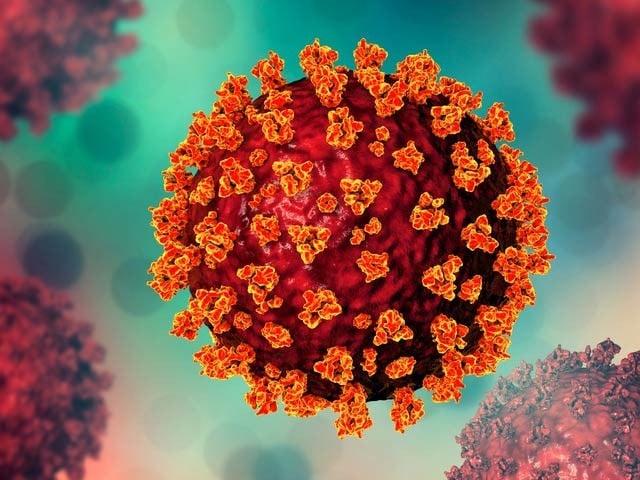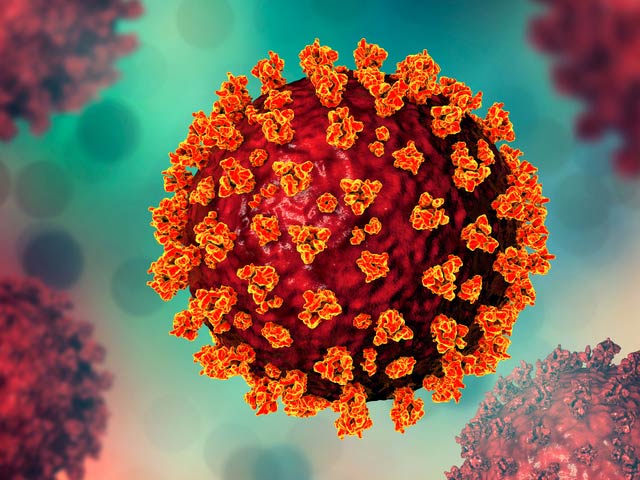
American experts have developed the fastest, most sensitive and cheapest test for Covid-19 in the style of ultrabright fluorescent nanolabels. Photo: File
Washington: American experts have created a very cheap and effective test for the identification of Covid-19 that can identify the virus with 1000 times more sensitivity for one dollar.
The work was jointly done by Guy Gannon and Srikanth Singaminini of the McKelvey School of Engineering at the University of Washington. The two experts have long been busy developing an effective test for people who are repeatedly exposed to viruses and bacteria.
The test they have made with the help of nanomaterials has been named plasmonic fluorescence, the full name of which is ‘ultrabright fluorescent nanolabels’. It can be used with common testing platforms. Plasmon-enhanced LFA thus provides a very fast and reliable test that practitioners can rely on with confidence. Interestingly, the results are output as a strip of bright dots, making this a simple and multi-effective test.
Interestingly, the results are available in just 20 minutes instead of hours compared to traditional tests. It uses metal nanoparticles that act as light-collecting antennas and emit light at the molecular level, causing the nanoparticles to glow. That’s why they sense antibodies and even very small amounts of antigens.
This technology can be used by poor and underdeveloped countries very easily. Its design has then been modified to make it capable of detecting SARS-CoV-2 and costs only one dollar.
(function(d, s, id){
var js, fjs = d.getElementsByTagName(s)[0];
if (d.getElementById(id)) {return;}
js = d.createElement(s); js.id = id;
js.src = “//connect.facebook.net/en_US/sdk.js#xfbml=1&version=v2.3&appId=770767426360150”;
fjs.parentNode.insertBefore(js, fjs);
}(document, ‘script’, ‘facebook-jssdk’));
(function(d, s, id) {
var js, fjs = d.getElementsByTagName(s)[0];
if (d.getElementById(id)) return;
js = d.createElement(s); js.id = id;
js.src = “//connect.facebook.net/en_GB/sdk.js#xfbml=1&version=v2.7”;
fjs.parentNode.insertBefore(js, fjs);
}(document, ‘script’, ‘facebook-jssdk’));



